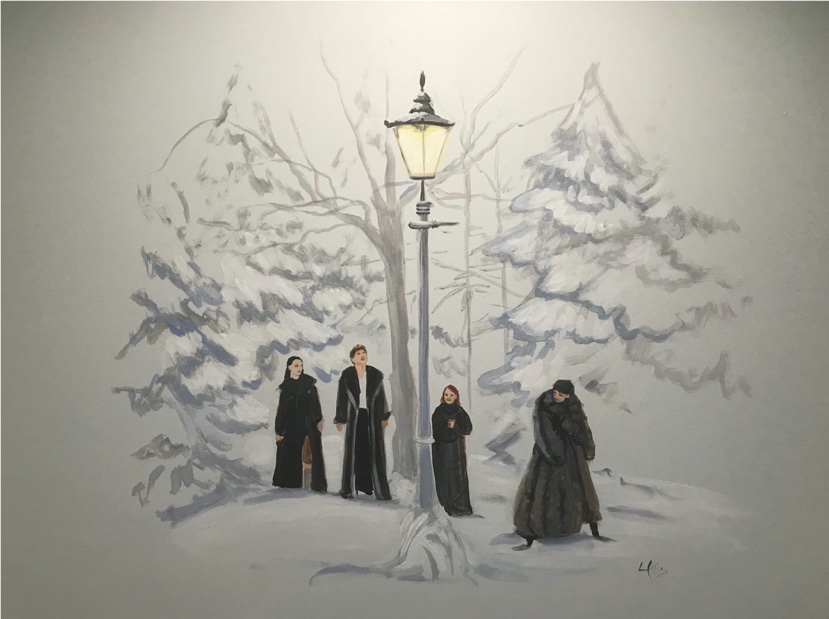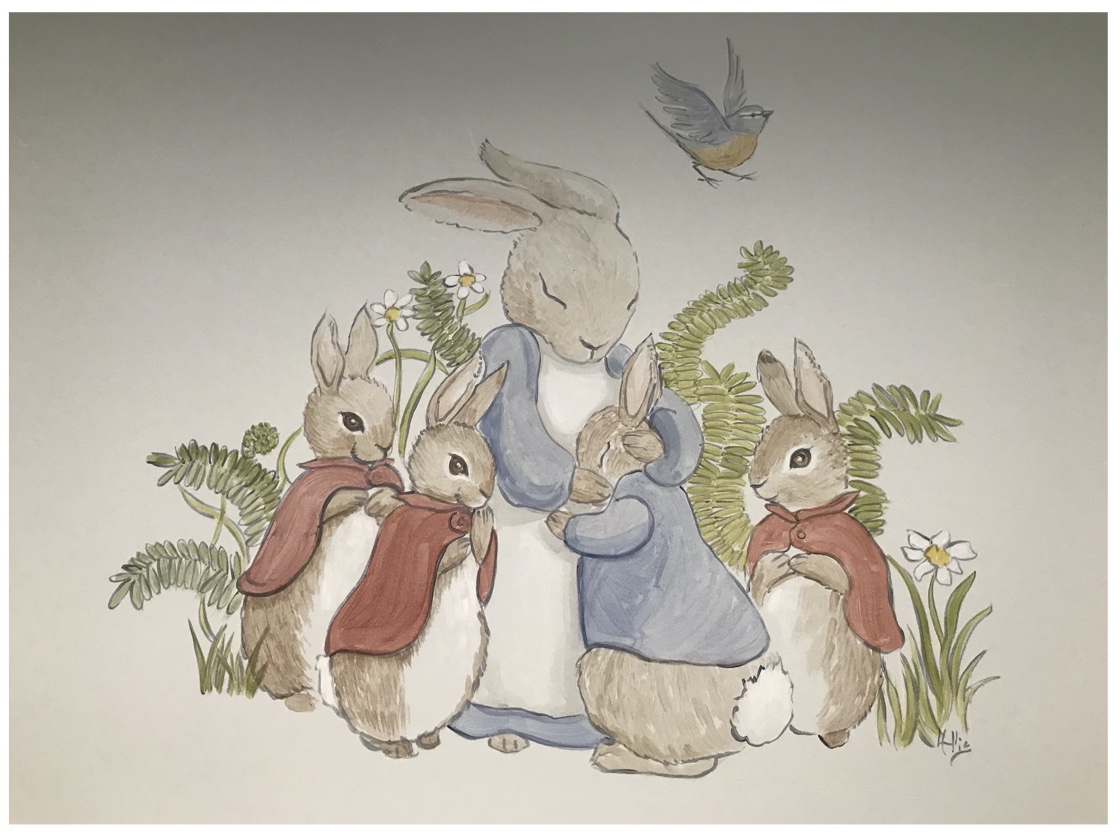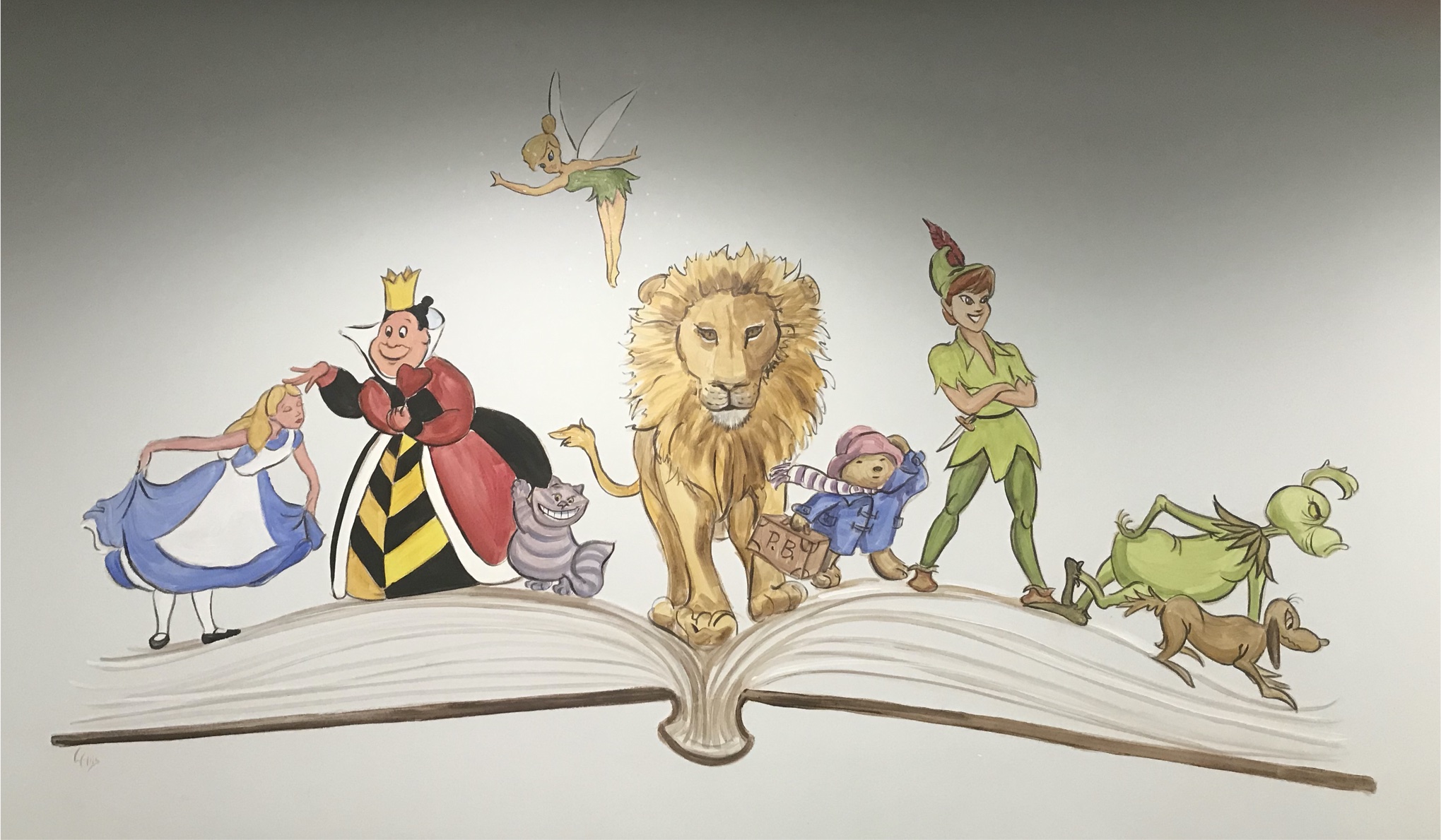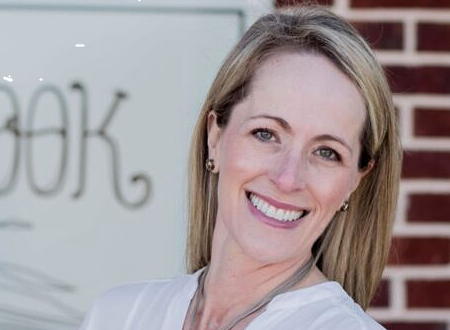
Want to get Storybook patient alerts?
Storybook Pediatrics
Every child is a story yet to be written.
Parenting is hard! We want your children healthy, so they grow well.
Dental Varnish Now Available Here!
Big News!!!!! We are very excited to be able to now be able to offer fluoride varnish treatment for our patients ages 6 months to 6 years!The American Academy of Pediatrics recommends that all children have fluoride varnish applied to their teeth beginning at age 6 months at regular intervals until the age of 6 years old.
This can be done by us at Storybook Pediatrics or by your child’s dentist. Fluoride varnish has been show to help prevent and slow down tooth decay! Don’t forget to ask your provider for more information about this and other important tooth health information at your child’s next well check!
Christmas Eve & Day
We will be closed on Tuesday, December 24, Christmas Eve, and Wednesday, December 25, Christmas Day.
Pediatrics Since 1986
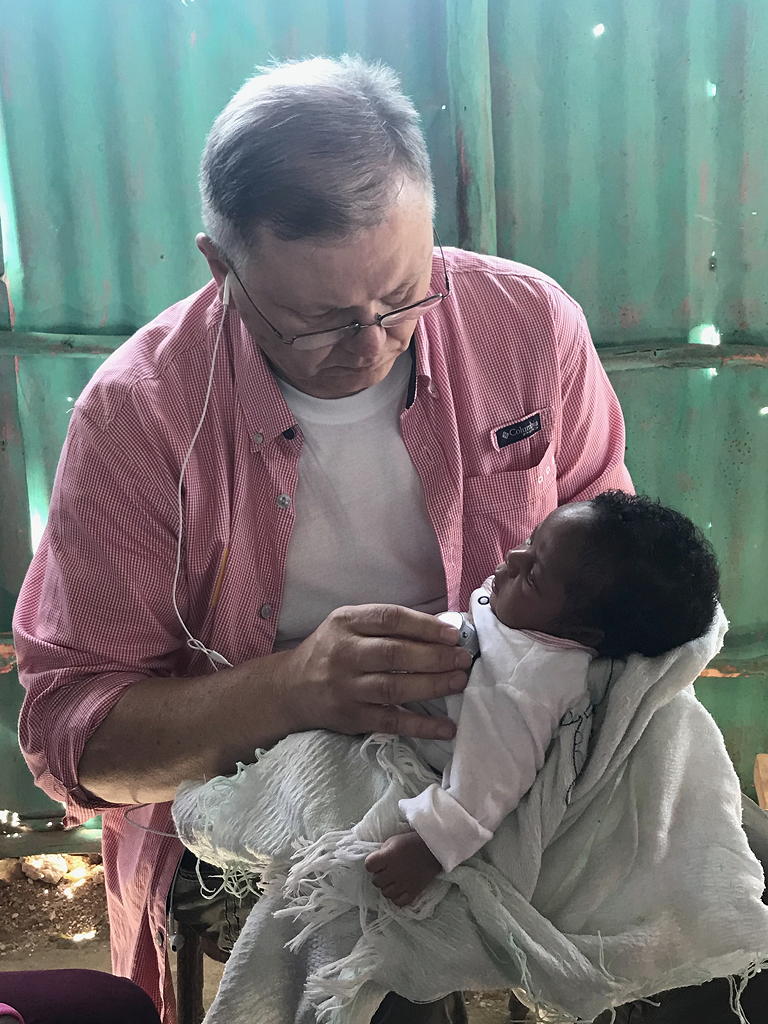 Dr. Ron Smith started solo practice in 1986, fresh out of pediatric residency from Oklahoma University.
Dr. Ron Smith started solo practice in 1986, fresh out of pediatric residency from Oklahoma University.
He first opened in Arkansas, where he also practiced level III neonatology. From there he moved to Texas about thirty minutes north of Fort Worth. He was the first to practice pediatrics in Wise county, whose county seat of Decatur numbered just over four thousand residents.
From north Texas, he moved the practice just south of Atlanta, where he partnered with another physician. In 2010, he again went solo in the McDonough area.
In 2016, Dr. Jaime Davis joined him, and they changed the practice name to Storybook Pediatrics. Not long after came a new location and a brand new building. While Dr. Smith retired in 2020, his partner Dr. Jaime Davis continues active pediatric care. [His Story.]
Medical History Moment
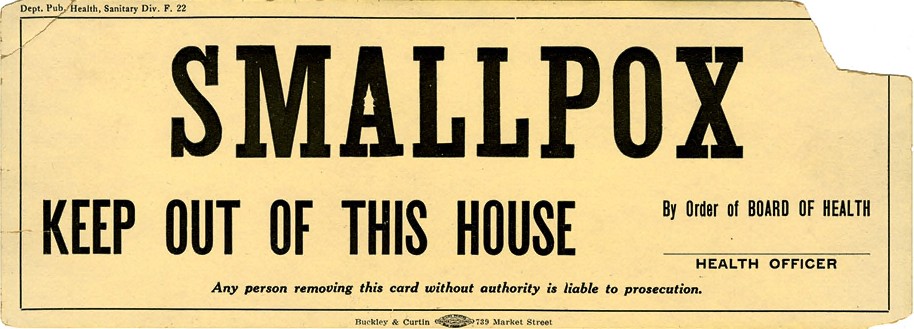
Unfortunately, the smallpox virus was not completely destroyed. Today, known smallpox virus exists in two places in the world; the CDC in Atlanta, Georgia, and the State Research Center of Virology and Biotechnology (VECTOR Institute) in Koltsovo, Russia. While these are high-level containment centers, we have to remember the story of Janet Parker to understand that as long as smallpox is present anywhere, we are at risk.
Smallpox scabs like the ones in this image were once used for variolation but were also collected for study. This is very problematic and poses some genuine risks even today. In 2014, the CDC reported workers clearing out a little-used cold-storage room belonging to the Food and Drug Administration found a cardboard box containing six sealed glass tubes labeled with the scientific name for smallpox, “variola.” Two of the tubes contained viable smallpox virus for the severe strain called variola major.
Vaccination for smallpox reportedly is only good for about seven years, so the vast majority of the world today is susceptible. The official US statement is that presently there is enough vaccine to cover our population, but there is no proof of these supplies. What about the rest of the world?
As long as smallpox exists in these two labs, or in some as yet hidden sample bottles of scabs, we are at risk. The coronavirus pandemic would pale in comparison should smallpox suddenly burst back onto the world stage.





